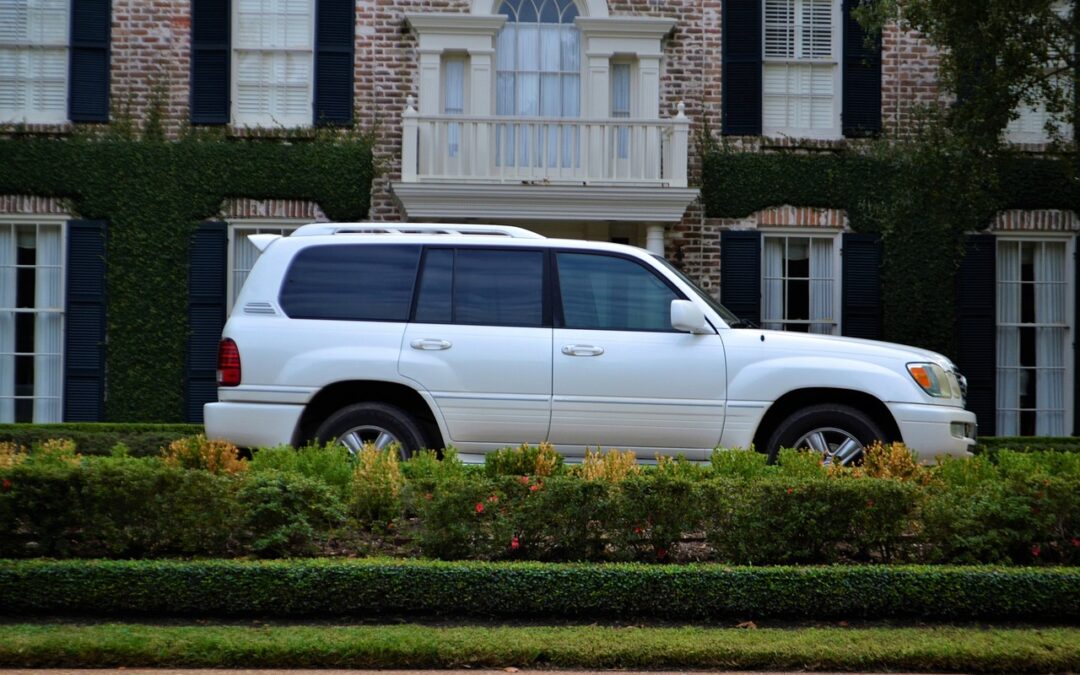Bundling insurance policies like home and auto is often touted as a straightforward strategy to save money. But what many people don’t consider is how bundling impacts the specifics of their liability coverage. Whether you’re protecting assets, avoiding lawsuits, or just trying to sleep better at night, understanding the nuances of your liability coverage within an insurance bundle is crucial. In this blog, we’ll delve into innovative considerations, surprising benefits, and overlooked caveats you should know about.
Bundle Benefits: More than Just Savings
1. Streamlined Management Equals Greater Awareness
The most immediate advantage of bundling is that it centralizes your insurance documentation. With everything in one place, you’re more likely to be aware of your coverage details, including your liability limits. This ongoing awareness is the first step in ensuring adequate protection.
2. Customization Potential
When insurance policies are bundled, insurance providers are more amenable to customization. You may have the flexibility to increase your liability coverage limits beyond standard offerings or even include special endorsements that better cater to your lifestyle and risks.
3. Stacking Liability Coverage
A novel but rarely-discussed benefit is the possibility of “stacking” your liability coverage. In some cases, if your auto insurance liability limit is reached due to an accident, your home insurance may offer an “umbrella” to extend your coverage. However, this is subject to the terms and conditions of your provider and could incur additional costs.
Understanding Trade-Offs: Where Bundling Could Fall Short
1. False Sense of Security
The convenience of bundling could lull you into a false sense of security. You may assume that your liability coverage is more comprehensive than it is. Always scrutinize the coverage terms and never hesitate to ask your insurance agent to clarify the nuances.
2. Overlooking Gaps
Bundling may provide general coverage but might not cater to specific liability needs. For example, if you’re a pet owner, your standard bundle may not cover liabilities related to pet injuries or property damage caused by pets.
3. Bundling Isn’t a “Set-and-Forget” Deal
Your liability coverage needs evolve over time. Whether it’s new acquisitions like boats or RVs or life changes like marriage, divorce, or retirement, all these events demand adjustments to your liability coverage. Bundled packages must be regularly reviewed and updated.
Proactive Measures: Maximizing Your Liability Coverage
1. Scheduled Annual Reviews
Mark a date on your calendar for an annual bundle review focusing on liability coverage. This keeps you updated on any policy changes and allows you to adjust your coverage to meet current needs.
2. Ask About Add-Ons
Inquire about add-ons or endorsements that can plug any gaps in your liability coverage. For instance, consider adding “personal injury” coverage if you’re an active social media user to protect against liabilities related to online activities.
3. Leverage Bundling to Negotiate
Since you’re already providing more business to the insurer through bundling, use this as a bargaining chip to negotiate better terms or discounts on enhanced liability coverage options.
Conclusion
Bundling your insurance policies undoubtedly brings several advantages, from cost-saving to simplified management. However, it’s crucial to look beyond the surface and understand how this choice impacts your liability coverage. While bundling often offers avenues for customization and even stacking liability protections, it also requires vigilance to avoid overlooking coverage gaps and limitations. In the complex world of insurance, a bundle isn’t just a bundle—it’s your comprehensive plan for financial security. Therefore, take the time to scrutinize how it affects each aspect of your coverage, especially when it comes to safeguarding against liability.

